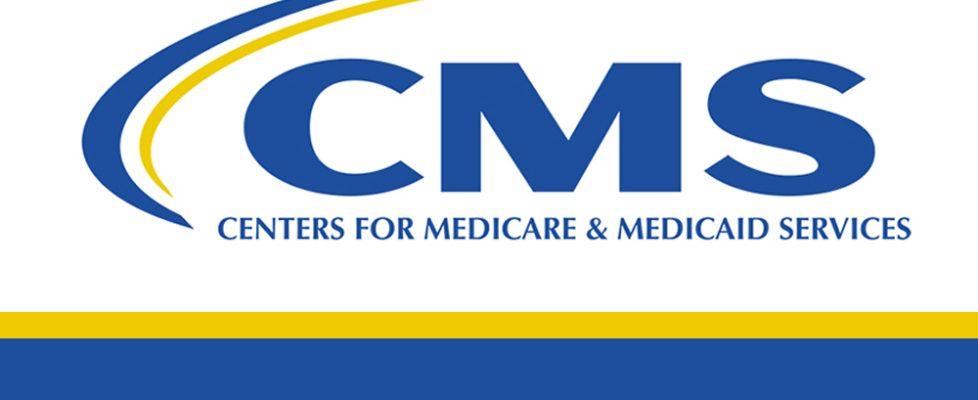Government Watchdog Agency Signs Off On CMS Home Health Final Payment Rule
The U.S. Government Accountability Office (GAO) has signed off on the home health payment rule finalized by the Centers for Medicare & Medicaid Services (CMS) last month.
After its review, the GAO found that CMS appropriately determined the impact of the difference between assumed versus actual behavior change on estimated aggregate expenditures for home health payments.
“GAO found that the final rule finalizes a corresponding permanent prospective adjustment to the CY 2023 home health payment rate, according to CMS,” Shirley Jones, managing associate general counsel for the GAO, wrote in a summary. “[The rule] finalizes the reassignment of certain diagnosis codes under the PDGM case-mix groups and establishes a permanent mitigation policy to smooth the impact of year-to-year changes in home health payments related to changes in the home health wage index.”
GAO is known as the watchdog arm of Congress. Its main responsibility is to evaluate whether key government programs are fulfilling their intended missions.
The final rule comes with an estimated increase to 2023 home health payments of 0.7%, or $125 million, compared to 2022 aggregate payments. At the same time, CMS is moving forward with the methodology that providers and advocacy organizations strongly disagree with, and the rule sets the stage for billions of dollars worth of clawbacks in the future.
CMS is now just phasing in other cuts and permanent adjustments related to the rebalancing of the Patient-Driven Groupings Model (PDGM).
Advocates for the home health care industry, like William A. Dombi — president of the National Association for Home Care & Hospice (NAHC) — have argued that the methods CMS used to write the final rule were flawed.
“We wholeheartedly disagree with the budget neutrality methodology that CMS employed to arrive at the rate adjustments,” Dombi said. “In no way are these adjustments consistent with logic or the Medicare law on budget neutrality in the transition from the 2019 payment model to PDGM in 2020. The fatally flawed methodology will have a direct effect on access to care at a time when home health services have proven their value and are needed more than ever to meet patient needs and control Medicare overall spending.”
Elsewhere in the assessment, GAO highlighted that CMS was upfront about what these changes might mean for smaller home health agencies.
“CMS certified that this final rule would have a significant economic impact on a substantial number of small entities,” the GAO report summary said. “According to CMS, although the Regulatory Flexibility Act requires consideration of alternatives to avoid economic impacts on small entities, the intent of the rule, itself, is to encourage quality improvement by home health agencies through the use of economic incentives.”
CMS argues that alternatives to mitigate the payment reductions would be contrary to the intent of the rule.
The rule, as written, properly tests the effectiveness of providers through quality-based measures, GAO found.

